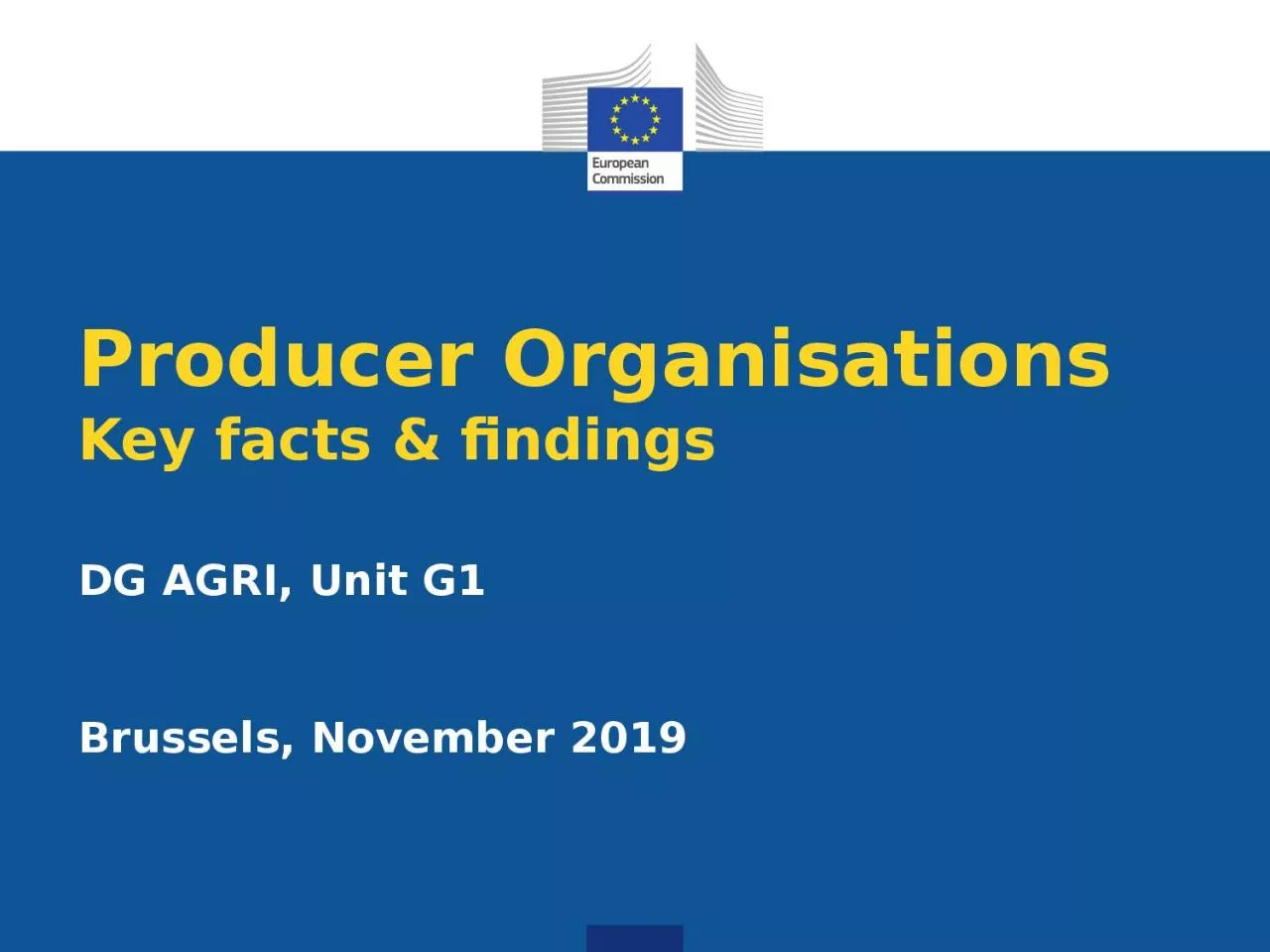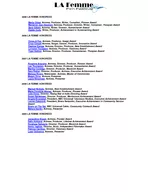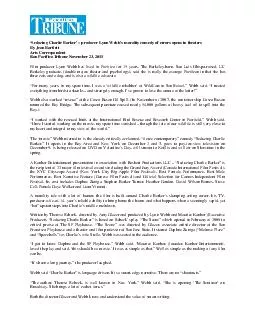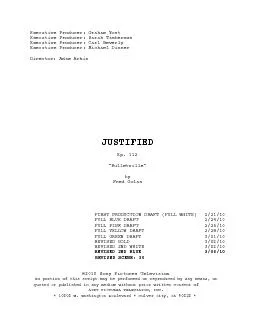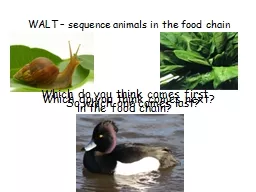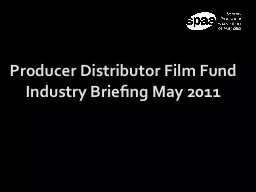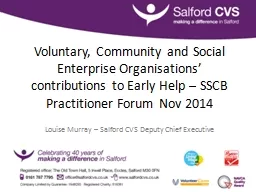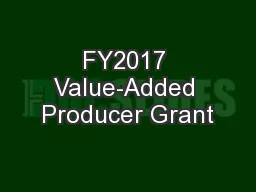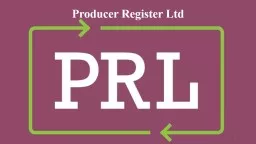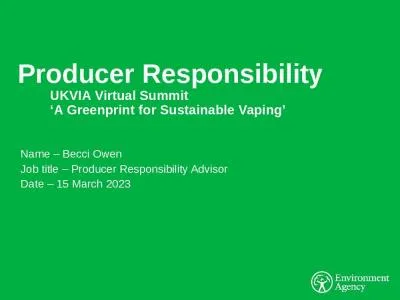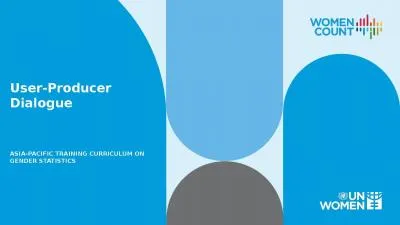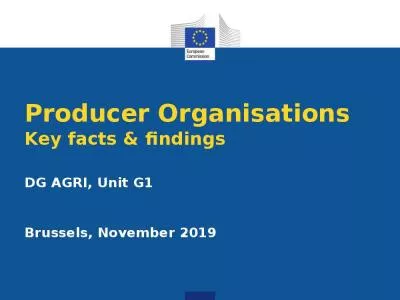PPT-Producer Organisations
Author : bency | Published Date : 2023-10-31
Key facts amp findings DG AGRI Unit G1 Brussels November 2019 Definition of producer organisations POs can be defined as any entity that has been formed and
Presentation Embed Code
Download Presentation
Download Presentation The PPT/PDF document "Producer Organisations" is the property of its rightful owner. Permission is granted to download and print the materials on this website for personal, non-commercial use only, and to display it on your personal computer provided you do not modify the materials and that you retain all copyright notices contained in the materials. By downloading content from our website, you accept the terms of this agreement.
Producer Organisations: Transcript
Download Rules Of Document
"Producer Organisations"The content belongs to its owner. You may download and print it for personal use, without modification, and keep all copyright notices. By downloading, you agree to these terms.
Related Documents

